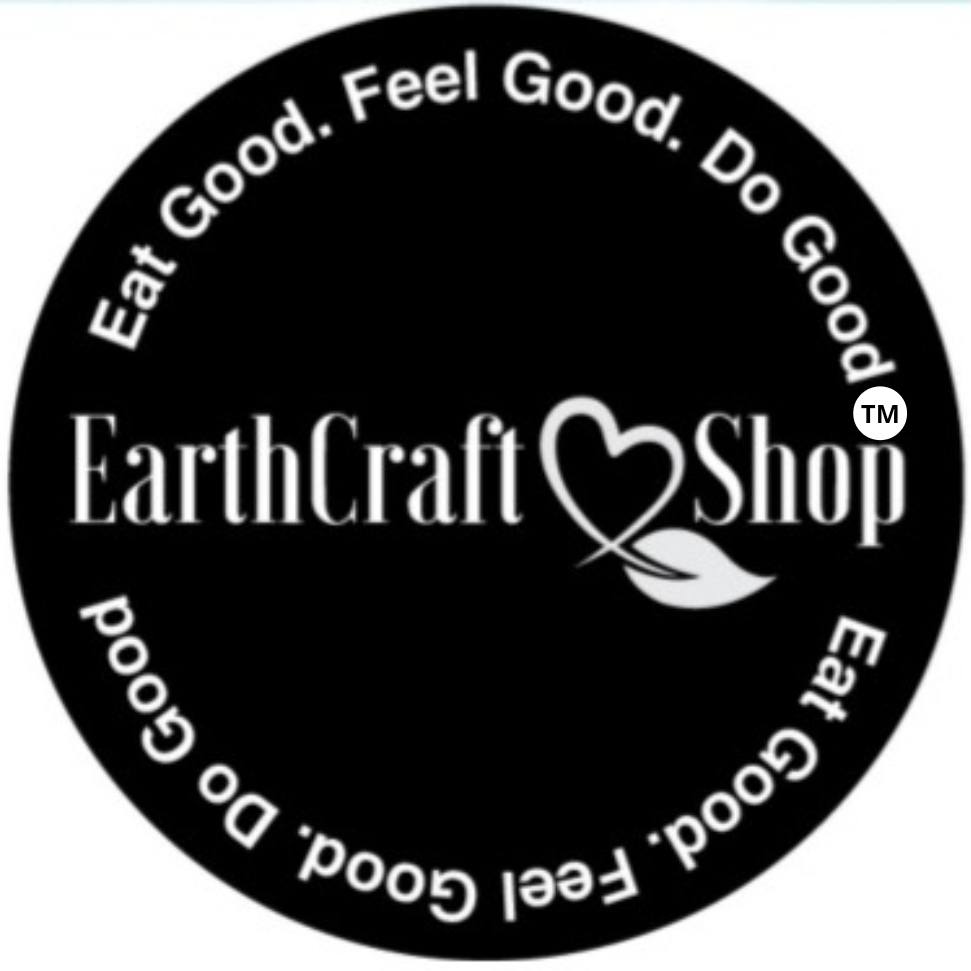One of the most interesting yet controversial categories in the consumer goods sector is the plant-based food and beverage category. Growth in the category has far outpaced the broader retail food and beverage industry over the last few years, breathing new life into some categories that were seemingly left for dead. However, despite meteoric growth rates, there has been much debate recently surrounding the category’s future health due to slowing growth rates for plant-based meats and declining demand for some of the most popular plant-based food and beverage brands.
The Plant Based Foods Association estimates that the US plant-based industry is a $7.4B category, growing over 50% since 2018. Consumers have been drawn to the industry for several reasons, though primarily consumers are searching for healthier options or more environmentally friendly alternatives to staple products. The category now boasts over 60% household penetration and repeat purchase rates nearing 80%, which signifies that the plant-based trend is more than just a fad.
Plant milk is the largest segment of the plant-based market with $2.6B in sales, but it’s only a drop in the bucket compared to the $17B dairy-milk category. It’s no secret that dairy milk has been, and remains, under immense pressure in the U.S. as consumers become more aware of issues like lactose intolerance and the impact industrial farming can have on the environment. In fact, dairy milk consumption in the U.S. has not kept pace with population growth since 1975, when the average American consumed 247 pounds (nine 8 oz glasses per week) of dairy milk per year compared to approximately 140 pounds (five 8 oz glasses per week) in 2020—declining at a CAGR of just over 1%. Lactose intolerance typically appears later in life and is more common in ethnic minorities, meaning that as demographics in the U.S. continue to shift towards an older and more ethnically diverse country, lactose intolerance will become a larger issue.
Despite the fact that the total meat category in the U.S. is nearly 15x the size of the dairy-milk category, plant-based meat is the second-largest segment of the plant-based category, and it’s had a slightly more contentious rise and reception. While vegetarian burgers have been around for decades, new technologies enabled lab-developed plant meat, leading to an explosion in the category, with brands like Beyond Meat and Impossible leading the category to nearly $1.4B in sales. Like plant dairy, plant meat claims that it’s an environmentally friendly alternative to normal meat without sacrificing the taste, texture or nutrients found in other plant-based meat alternatives.
While it can be argued that plant meat is truly an environmentally friendly alternative to normal meat, it’s also highly processed and the jury is still out on the true nutritional value of faux meat. This confusion has led to a drastic slowdown in plant meat consumption, as sales in the category remained flat in 2021 after posting many years of robust growth.
While they share the same category and are both seemingly environmentally friendly, we believe plant dairy and plant meat are viewed differently by consumers. Plant milk is unique in that it solves a problem for consumers (i.e., lactose intolerance issues) and typically has very clean ingredient labels, whereas plant meat has a long, highly processed ingredient list, with leading brands having nearly five times the sodium content of a normal burger patty. For these reasons, we feel that in the coming years there will be a divergence in the growth of plant-based milk and plant-based meats, and we would much prefer to invest in the plant milk category where there is a runway for broad consumer adoption.
Article Credits: Financial Advisors
